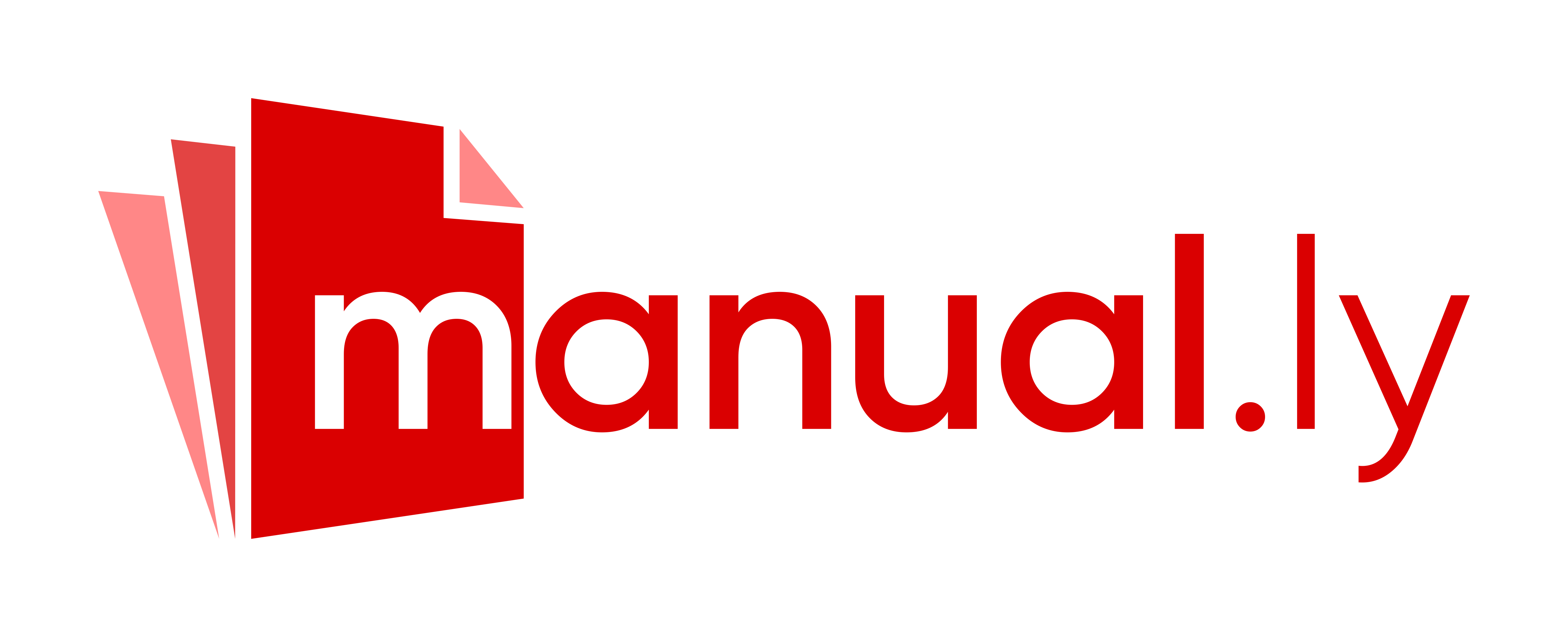Health Manuals
Manuals
Health Manuals
Introduction
Health manuals are comprehensive guides designed to provide essential information about various health topics. They serve as valuable resources for individuals seeking to understand, manage, and improve their health and well-being. These manuals can cover a wide range of subjects, from general wellness and preventive care to specific medical conditions and treatment options. By offering evidence-based information, health manuals empower readers to make informed decisions about their health.
Purpose of Health Manuals
Education
One of the primary purposes of health manuals is to educate the public about health-related topics. They provide detailed explanations of medical conditions, symptoms, diagnostic procedures, and treatments. This information helps individuals gain a better understanding of their health and the importance of maintaining it.
Prevention
Health manuals often emphasize preventive care, offering advice on how to avoid illness and injury. This can include tips on nutrition, exercise, vaccinations, and regular health screenings. By promoting healthy lifestyles, these manuals aim to reduce the incidence of preventable diseases.
Self-Management
For individuals with chronic conditions, health manuals can be invaluable tools for self-management. They offer guidance on monitoring symptoms, adhering to treatment plans, and making lifestyle adjustments. This empowers patients to take an active role in managing their health and improving their quality of life.
Types of Health Manuals
General Health Guides
These manuals provide broad information on various aspects of health and wellness. They typically cover topics such as nutrition, exercise, mental health, and preventive care. General health guides are suitable for individuals of all ages and can serve as a starting point for those looking to improve their overall health.
Disease-Specific Manuals
These manuals focus on specific medical conditions, offering detailed information about their symptoms, causes, diagnosis, and treatment options. Examples include manuals on diabetes, heart disease, cancer, and asthma. Disease-specific manuals are particularly useful for patients and caregivers seeking in-depth knowledge about a particular condition.
Age-Specific Manuals
Health needs can vary significantly across different age groups. Age-specific manuals cater to the unique health concerns of children, teenagers, adults, and seniors. For example, a manual for seniors might focus on topics such as managing chronic conditions, preventing falls, and maintaining cognitive health.
Professional Manuals
Healthcare professionals often use specialized manuals that provide advanced medical knowledge and clinical guidelines. These manuals are designed for doctors, nurses, and other healthcare providers and cover topics such as diagnostic criteria, treatment protocols, and best practices in patient care.
Components of a Health Manual
Overview
Most health manuals begin with an overview of the topic, providing a summary of key points and setting the stage for more detailed information. This section helps readers quickly grasp the essential aspects of the subject.
Detailed Explanations
The main body of a health manual includes comprehensive explanations of the topic. This can encompass descriptions of medical conditions, their symptoms, diagnostic procedures, and treatment options. The information is typically presented in a clear and accessible manner, often supplemented with diagrams, charts, and illustrations.
Practical Advice
Health manuals often include practical advice and tips for maintaining health and managing medical conditions. This can range from dietary recommendations and exercise routines to stress management techniques and medication adherence strategies.
Resources
Many health manuals provide lists of additional resources, such as websites, support groups, and professional organizations. These resources can offer further information and support for individuals seeking to learn more about a particular health topic.
Glossary
To help readers understand medical terminology, health manuals often include a glossary of terms. This section defines technical words and phrases, making the content more accessible to a general audience.
Benefits of Using Health Manuals
Informed Decision-Making
By providing reliable and comprehensive information, health manuals enable individuals to make informed decisions about their health. Whether choosing a treatment option, making lifestyle changes, or seeking medical advice, having access to accurate information is crucial.
Empowerment
Health manuals empower individuals by giving them the knowledge they need to take control of their health. This sense of empowerment can lead to better health outcomes and increased confidence in managing one's well-being.
Improved Communication
For patients and caregivers, health manuals can improve communication with healthcare providers. Being well-informed about a condition or treatment can facilitate more productive discussions and ensure that important questions are addressed.
Accessible Information
Health manuals are designed to be accessible to a wide audience, with clear language and user-friendly formats. This makes them valuable resources for people of all educational backgrounds and health literacy levels.
Conclusion
Health manuals are essential tools for anyone looking to understand and improve their health. By offering detailed, evidence-based information on a wide range of topics, these guides promote education, prevention, and self-management. Whether you are a patient, caregiver, or healthcare professional, health manuals can provide the knowledge and support needed to make informed decisions and lead a healthier life.
Search for 1. Mio Manuals online

Type-in Brand or Model

